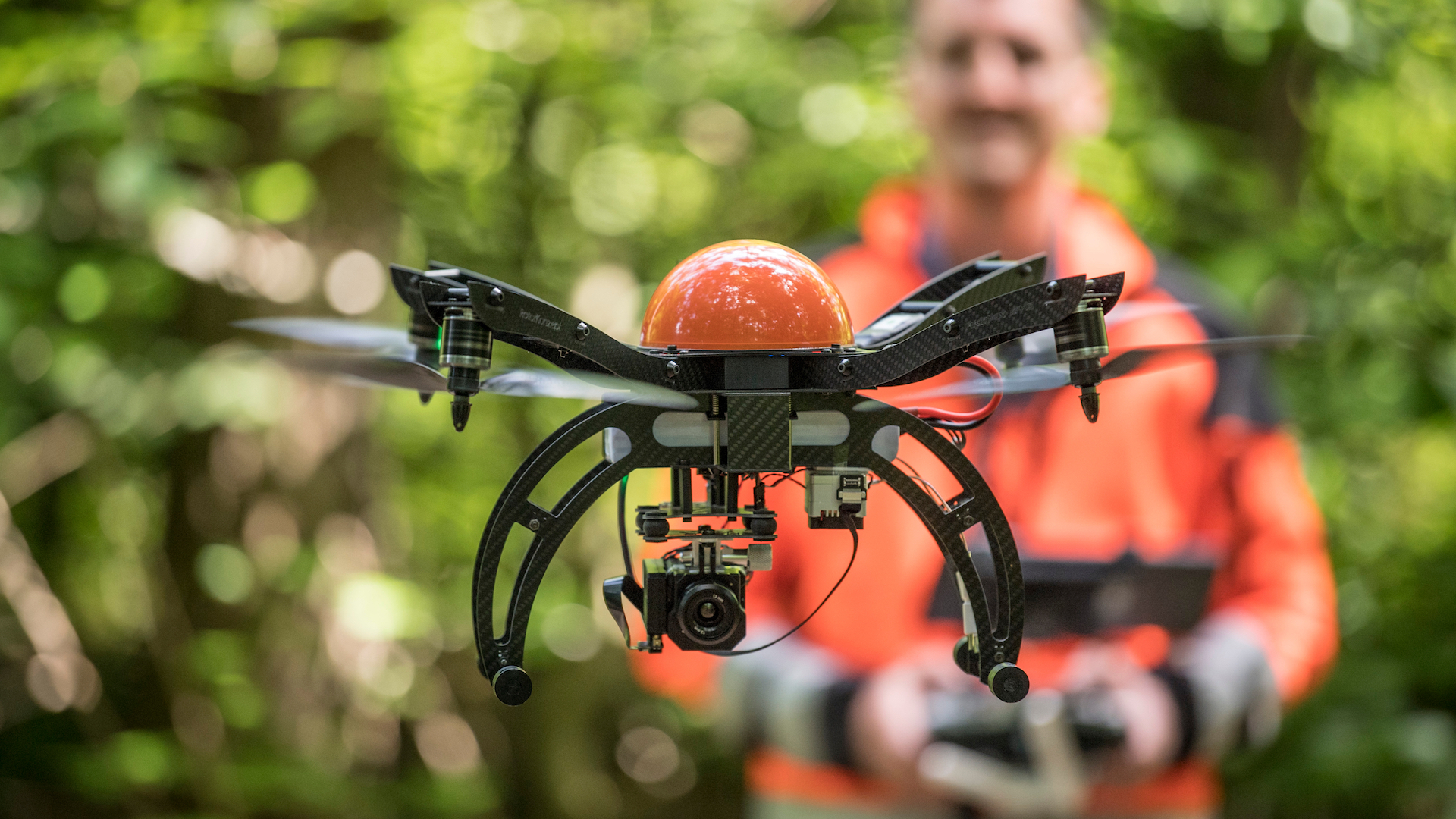

Network Rail owns and operates more than 20,000 miles of track and 30,000 bridges and tunnels in the United Kingdom. As one of the most expansive infrastructure managers in the region, it has wisely turned toward unmanned aerial systems to combat the purportedly substantial track trespassing plaguing the performance and time-sensitive reliability of rail-based public transport. According to Railway Technology, the company has officially completed its first aerial survey of England’s southwestern routes and is confident drones are a viable solution to the problem at hand.
The drone deployed for this historic event near Bournemouth last Friday was positioned over a popular trespass location, and successfully transmitted its collected imagery of illegal incidents to the British Transport Police. With a thermal-imaging, 4K-capable camera attached, the UAV is likely to have an impressively high success rate, in terms of spotting any incident it’s actively surveying.
For Network Rail’s Peter Atkins, an officer of the organization’s Mobile Incident department, training how to pilot UAVs alongside the Essex Police has not only been entirely worth it, but somewhat of a regional, historic first.
“I’m delighted to be operating the first-ever railway drone flight in the region,” he said. “The training was very thorough and often challenging, but completely worth the effort for the benefits this technology will bring.”
The drone itself can reach speeds of up to 50 mph and maneuver around 394 feet (120 meters). With affordable capabilities like this, Atkins is confident that the aerial monitoring of popular trespassing hotspots is only the beginning of effective drone implementation for Network Rail. “It will also allow inspections to be carried out by air without closing the railway and improve performance and reliability,” said Atkins. “Using a drone means we can reduce the number of times we send engineers onto the tracks.”
We’ve witnessed this type of realization regarding drone benefits before, such as Pilsner Urquell foregoing the conventional shut-down of its brewery to complete mandatory ceiling inspections, by sending a drone up instead. This allows for routine operation of the profitable factory to continue, reduce risk of human inspection, and results in equal, if not higher inspection accuracy. Network Rail, it seems, has come to the very same conclusion: UAVs can save time and money, reduce cost and risk, and increase accuracy and efficiency.
“We welcome any initiative that can improve safety and performance,” said South Western Railway managing director Andy Mellors. “Trespassing on the railway network can have tragic consequences and cause unnecessary delays. I hope that the deployment of this new technology will discourage trespassing and reduce delays for passengers.”
Ultimately, the decision-making here is entirely logical and seemingly cost-effective. The United Kingdom has recently made strides in thoroughly weighing the pros and cons of substantial UAV implementation in urban applications, with this particular initiative seeming like a tremendous place to begin.